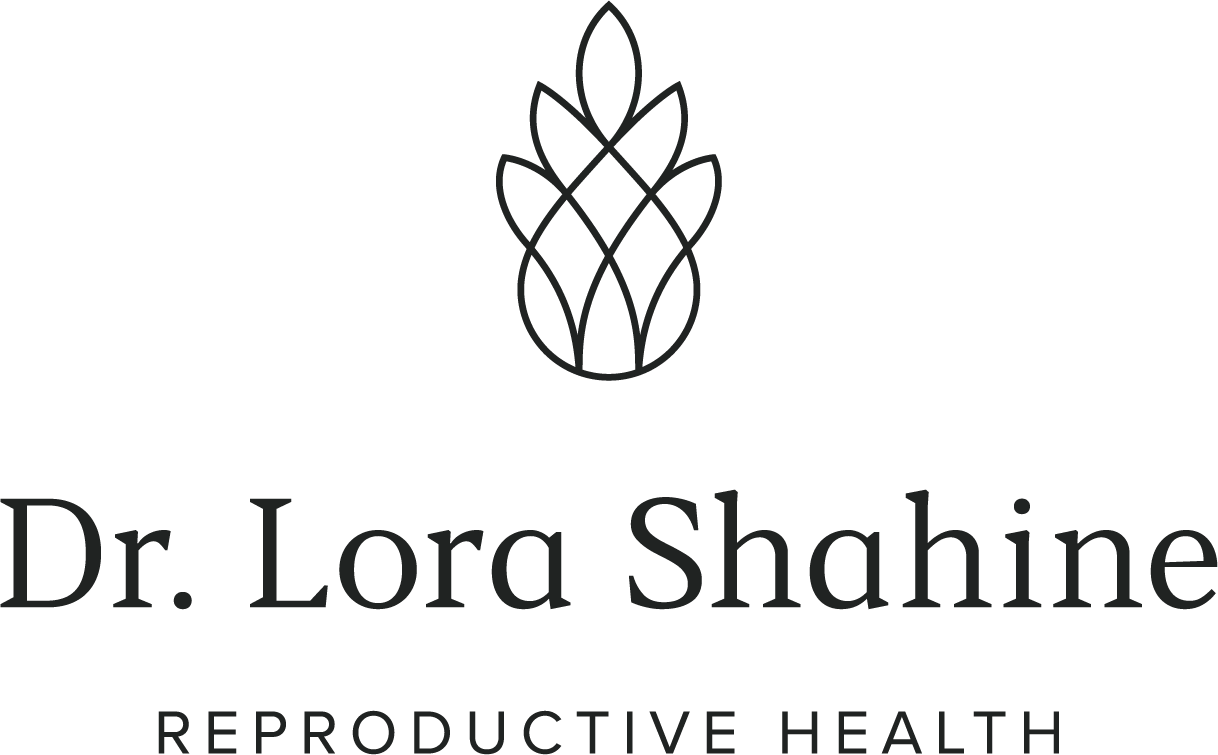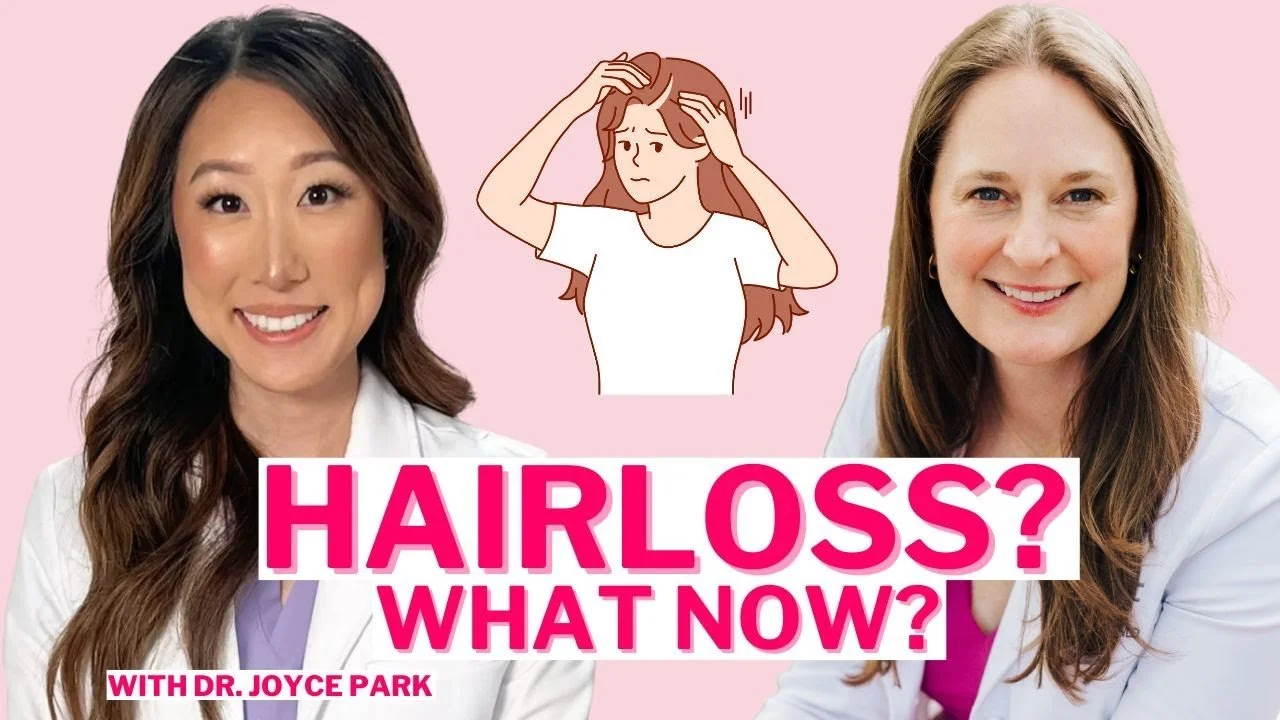Solving the Mystery of Female Hair Loss: Expert Insights and Practical Solutions
Hair loss can be a deeply distressing experience for many women. Whether it's the sudden shedding after childbirth, the gradual thinning at the crown, or the patchy bald spots, hair loss can shake one's confidence and sense of identity. But the good news is, there are ways to get to the root of the problem and take proactive steps towards healthier, fuller hair.
In this comprehensive guide, we dive deep into the science and solutions behind female hair loss. Joined by board-certified dermatologist and hair loss expert, Dr. Joyce Park, we uncover the common causes, identify the warning signs, and equip you with practical strategies to regain control of your hair health.
Understanding the Hair Growth Cycle
To tackle hair loss effectively, it's crucial to first understand the natural hair growth cycle. As Dr. Park explains, our hair goes through three main phases:
Anagen: The active growth phase, where about 90% of our hair resides at any given time.
Catagen: The transitional phase, accounting for only about 1% of our hair.
Telogen: The resting or shedding phase, which makes up roughly 10% of our hair.
This cycle typically takes 2-3 months to complete, with new hair continuously replacing the old. However, certain triggers can disrupt this delicate balance, leading to excessive shedding or thinning.
Identifying the Culprits: Causes of Female Hair Loss
Hair loss in women can stem from a variety of factors, ranging from hormonal imbalances to nutritional deficiencies. According to Dr. Park, some of the most common causes include:
Telogen Effluvium
Telogen effluvium is a temporary form of hair loss that occurs when a significant life event or stressor "shocks" the hair follicles into the telogen (shedding) phase. This can happen after major life events like childbirth, major illness, surgery, or even significant weight loss.
"The act of giving birth and going through childbirth is such a huge stress on our bodies. It really does cause a shock to our bodies and actually a shock to our hair as well," explains Dr. Park. "And so that's why when you deliver a baby, the hair gets shifted from the anagen phase into the telogen phase. And the telogen phase takes about 2 to 3 months to complete. And so usually about 3 months after childbirth, you'll start to see this massive shedding of hair."
Androgenetic Alopecia
Also known as female pattern hair loss, androgenetic alopecia is a genetic condition that causes gradual thinning, often starting at the part line or the temples. This type of hair loss is linked to hormonal changes and sensitivity to certain male hormones called androgens.
"PCOS is really interesting as it relates to hair because it can cause hirsutism or unwanted hair growth around like the mustache area, sides of the face, but it can also cause decreased hair similar to androgenetic alopecia," says Dr. Park. "And this is all from the elevated androgens."
Nutritional Deficiencies
Inadequate intake of certain nutrients, such as protein, iron, biotin, and vitamin D, can also contribute to hair loss. Dr. Park emphasizes the importance of maintaining a balanced diet and addressing any underlying deficiencies.
"I always make sure that patients are having adequate protein intake because that's one of the things protein is because protein is one of the things that you need that's the building blocks of hair. I also want to make sure that patients are not biotin deficient. I also want to make sure patients are not iron deficient. So, this kind of gets into blood work that I might potentially check."
Autoimmune Conditions
Certain autoimmune disorders, such as alopecia areata, can cause patchy hair loss or even complete baldness. In these cases, the body's immune system mistakenly attacks the hair follicles, leading to inflammation and hair shedding.
Medications and Treatments
Some medications, such as those used for cancer treatment, thyroid disorders, or depression, can also trigger hair loss as a side effect. Additionally, certain hair treatments, like tight hairstyles or excessive heat styling, can lead to traction alopecia over time.
Seeking Professional Help: When to See a Dermatologist
While some forms of hair loss may be manageable with at-home care, it's crucial to seek professional help, especially if you're experiencing any of the following red flags:
Sudden or excessive shedding (more than 100 hairs per day)
Scalp symptoms like redness, itching, burning, or flaking
Patchy or localized hair loss
Family history of hair loss or autoimmune conditions
As Dr. Park explains, "If you are experiencing scalp symptoms like we talked about that burning itching scaling redness that would be a sign to go seek help from a physician because it could be a sign that you're having scarring alopecia and there early intervention and treatment is key."
Dermatologists are specially trained to diagnose and treat various forms of hair loss. They can perform a thorough examination, order necessary tests (such as blood work or a scalp biopsy), and develop a personalized treatment plan to address the underlying cause.
To find a dermatologist with expertise in hair loss, you can start by checking out Dr. Park's social media channels, including @TeawithMD on Instagram, TikTok, and YouTube, where she shares valuable insights and educational content.
Regaining Control: Practical Strategies for Hair Regrowth
While the journey to healthier hair may take time and patience, there are several steps you can take to support your hair's natural growth cycle:
Topical Treatments
One of the most well-known and effective over-the-counter treatments for hair loss is minoxidil, commonly known as Rogaine. As Dr. Park explains, "Minoxidil is really one of the best treatments we have that's over the counter for hair loss, both for men and women. And we think it works by improving circulation in the scalp."
She recommends using the 5% concentration, as the 2% version is often marketed to women but the higher strength is generally more effective. Minoxidil can be applied as a foam or solution, and should be used consistently, as it can take 3-6 months to see results.
In addition to minoxidil, Dr. Park suggests incorporating other topical treatments, such as anti-dandruff shampoos containing ingredients like selenium sulfide or ketoconazole, to help reduce scalp inflammation and create a healthy environment for hair growth.
Lifestyle and Nutrition
Maintaining a balanced, nutrient-rich diet is crucial for supporting healthy hair. Dr. Park advises ensuring adequate intake of protein, iron, biotin, and vitamin D, as deficiencies in these areas can contribute to hair loss.
Beyond diet, she also recommends being mindful of hairstyles and hair care practices. Avoiding tight hairstyles that pull on the hair and limiting the use of hot styling tools can help prevent traction alopecia and minimize further damage to the hair and scalp.
Supplements and Treatments
While the efficacy of many hair loss supplements is still debated, Dr. Park does recommend a few brands that have undergone third-party testing and clinical validation, such as Nutrafol, Viviscal, Inner Glow Vitamins, and Untangled.
For more severe cases of hair loss, prescription treatments like spironolactone (for hormonal-related hair loss) or finasteride may be recommended. Additionally, procedures like platelet-rich plasma (PRP) therapy, which involves injecting a concentrated solution of the patient's own platelets into the scalp, have shown promising results in stimulating new hair growth.
Embracing the Journey: Patience and Perseverance
Regaining control over your hair health is a journey, and it's important to approach it with patience and perseverance. As Dr. Park emphasizes, "There's a lot you can do at home, but if it's not working, as with anything, please seek professional help."
By understanding the underlying causes, seeking expert guidance, and implementing a comprehensive plan, you can take proactive steps towards healthier, fuller hair. Remember, you're not alone in this journey, and resources like Dr. Park's social media channels, newsletter, and the Baby or Bust podcast are here to support you along the way.
So, take a deep breath, trust the process, and know that with the right approach, you can regain control of your hair health and feel confident in your own skin.
Resources and Connections
Dr. Lora Shahine's Newsletter - Stay up-to-date on the latest in reproductive health and wellness
Dr. Lora Shahine's Podcast "Brave & Curious" - Explore more topics related to fertility, pregnancy, and reproductive health
For more insights and resources from Dr. Lora Shahine follow her on Instagram, TikTok, Twitter, and Facebook.


